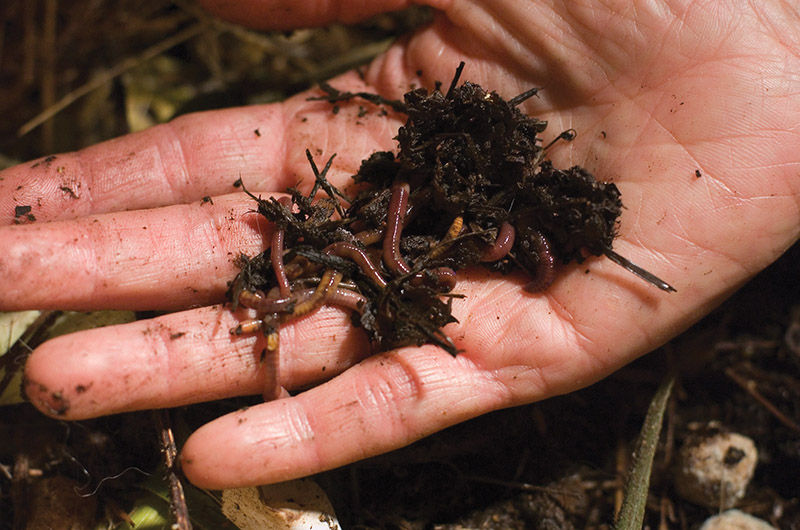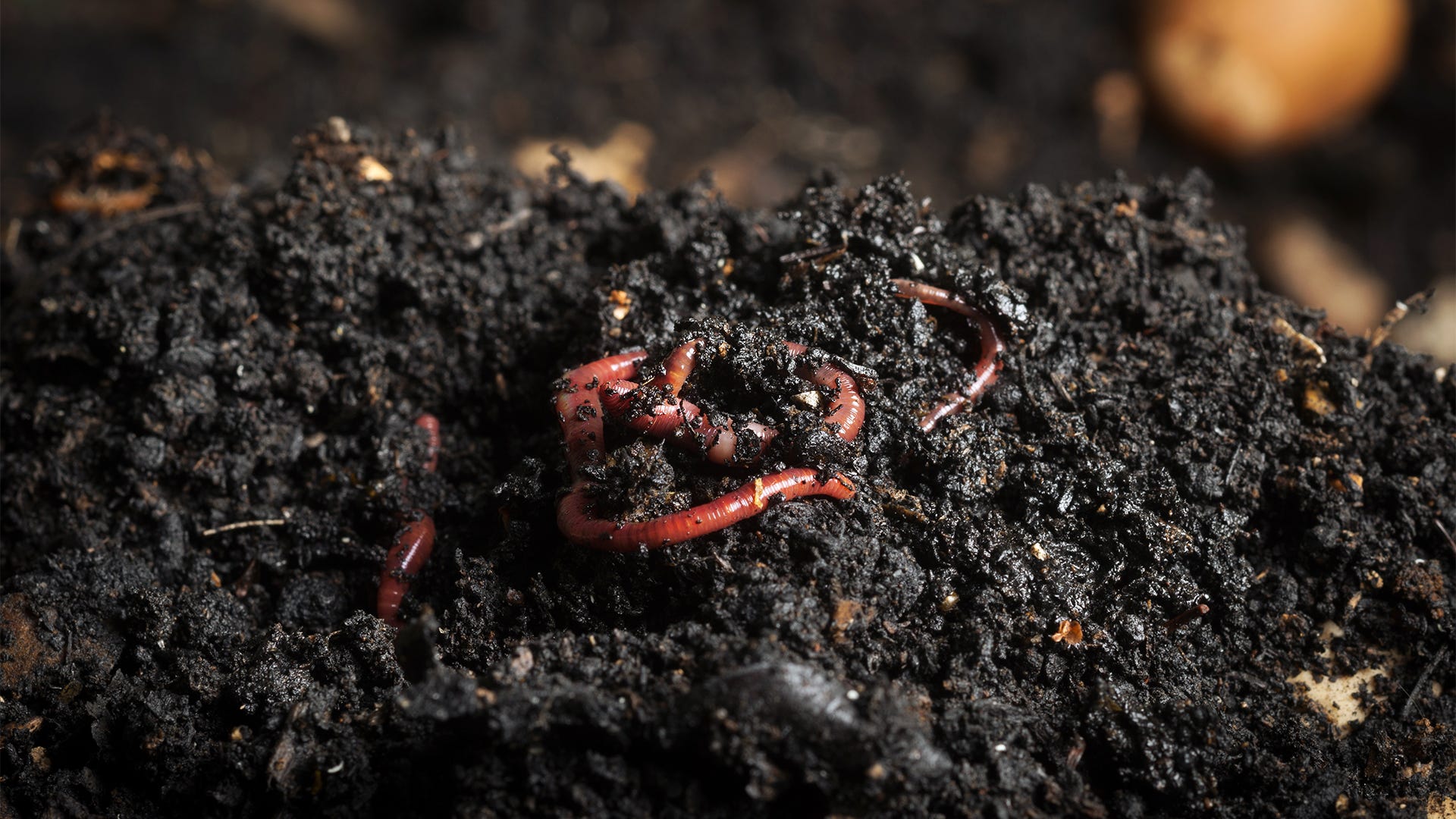Red Wiggler Worms - All-natural Option for Environment-friendly Composting
Maximizing the Advantages of Red Wiggler Worms: A Comprehensive Guidebook for Home Gardeners and Urban Farmers
In the realm of lasting gardening techniques, red wiggler worms stand as unrecognized heroes, silently transforming organic waste into nutrient-rich spreadings that can work marvels for soil wellness. As home garden enthusiasts and metropolitan farmers significantly seek cost-effective and eco pleasant methods to improve their yards, the potential benefits of utilizing the power of red wigglers can not be overemphasized. From decreasing kitchen area waste to growing much healthier plants, the usage of these simple animals offers a variety of benefits. By exploring the ins and outs of just how to effectively care for and make best use of the benefits of red wiggler worms, individuals can unlock a wide range of opportunities for improving the sustainability and efficiency of their horticulture endeavors.
Comprehending Red Wiggler Worms
Red Wiggler worms, renowned for their effective composting capacities, are a types of earthworms widely used in vermiculture techniques. These worms, scientifically referred to as Eisenia fetida, thrive in decaying organic product, making them perfect prospects for composting (Red Wiggler Worms). Red Wigglers are ravenous eaters, with the ability of consuming their very own weight in natural waste daily. Their gastrointestinal procedure breaks down raw material right into nutrient-rich castings, which are a beneficial resource for enhancing soil and promoting plant development.
One key characteristic of Red Wiggler worms is their reproductive rate. These hermaphroditic creatures possess both male and women reproductive body organs, permitting them to duplicate swiftly under favorable conditions. A mature Red Wiggler can produce several children in a brief duration, guaranteeing a consistent populace within a composting system.

Establishing a Worm Container
When establishing a worm container for vermiculture functions, proper prep work and attention to information are essential for developing a favorable environment for Red Wiggler worms. Begin by choosing an ideal container for your worm bin. This can be a plastic or wooden container with a cover to keep moisture degrees and protect the worms from light. Make sure that the container has drainage holes near the bottom to stop waterlogging.

Place the worm container in a great, dark place away from straight sunlight and severe temperatures. Routinely monitor the dampness levels, including water if the bed linen feels half-cracked or completely dry. Feed the worms a balanced diet regimen of vegetables and fruit scraps, avoiding citrus fruits, onions, and spicy foods. By adhering to these steps, you can establish up a prospering worm bin that will efficiently refine organic waste right into nutrient-rich vermicompost for your yard.
Feeding and Maintaining Worms
Making certain a healthy and well balanced diet plan is essential for my company the health and wellness and productivity of Red Wiggler worms in a vermiculture system. It is crucial to stay clear of feeding them citrus fruits, onions, garlic, dairy items, meat, and oily foods as these can be unsafe to the worms or cause undesirable odors in the container.
Proper wetness degrees are also critical for the wellness of Red Wiggler worms. The bed linens needs to seem like a damp sponge, supplying adequate moisture for the worms to breathe with their skin. Regularly inspect the wetness degrees and adjust by adding water or dry bed linen product as needed. Furthermore, preserving correct temperature problems in between 55-77 ° F(13-25 ° C )will ensure ideal worm activity and reproduction. By carefully monitoring their diet, dampness, and description environmental conditions, home gardeners and metropolitan farmers can maintain a efficient and healthy and balanced Red Wiggler worm populace for composting functions.
Collecting Worm Spreadings
To effectively remove nutrient-rich worm spreadings from the vermicompost, an organized harvesting procedure is important for making the most of the composting advantages. The very first action in gathering worm castings is to urge the worms to migrate to one side of the container.
After the spreadings have been collected, it is essential to separate any kind of staying worms from the spreadings to avoid damaging them during storage space or application. One effective technique is to create conical heaps of spreadings under brilliant light. Worms will instinctively relocate away from the light, permitting for simple splitting up and elimination.
Lastly, the collected worm castings need to be kept in a cool, dark, and dry location to keep their top quality and effectiveness as a nutrient-rich soil change. By adhering to these actions, home gardeners and urban farmers can make the most of the advantages of red wiggler worms in their vermicomposting systems.
Making Use Of Worm Castings in Horticulture
The unification of nutrient-rich worm castings right into garden soil can dramatically boost plant development and overall soil health and wellness. Worm spreadings, additionally referred to as vermicast, are a natural fertilizer created by red wiggler worms as they damage down natural issue. These spreadings are rich in vital nutrients like nitrogen, phosphorus, potassium, and valuable germs that advertise plant development and improve dirt structure.
When making use of worm spreadings in gardening, it is important to blend them thoroughly into the soil or use them as a leading dressing around plants. The slow-release nature of worm castings ensures a steady supply of nutrients to plants over time, lowering the threat of nutrient great post to read leaching and advertising long-term dirt fertility. In addition, worm spreadings help boost dirt aeration, water retention, and microbial activity, developing a healthy environment for plant origins to prosper.

Final Thought
In final thought, the utilization of red wiggler worms in home gardening and city farming can considerably profit soil health and wellness and plant development. By recognizing how to set up and preserve a worm bin, feed the worms effectively, and gather their nutrient-rich spreadings, garden enthusiasts can take full advantage of the advantages of these earthworms.
In the realm of sustainable horticulture practices, red wiggler worms stand as unrecognized heroes, quietly transforming natural waste right into nutrient-rich castings that can function wonders for soil health and wellness.When developing a worm container for vermiculture purposes, proper prep work and focus to information are important for developing a conducive atmosphere for Red Wiggler worms. The initial action in collecting worm castings is to encourage the worms to migrate to one side of the container. Worm spreadings, also known as vermicast, are a natural fertilizer created by red wiggler worms as they break down organic matter. By recognizing just how to establish up and keep a worm container, feed the worms correctly, and gather their nutrient-rich spreadings, garden enthusiasts can make best use of the advantages of these earthworms.